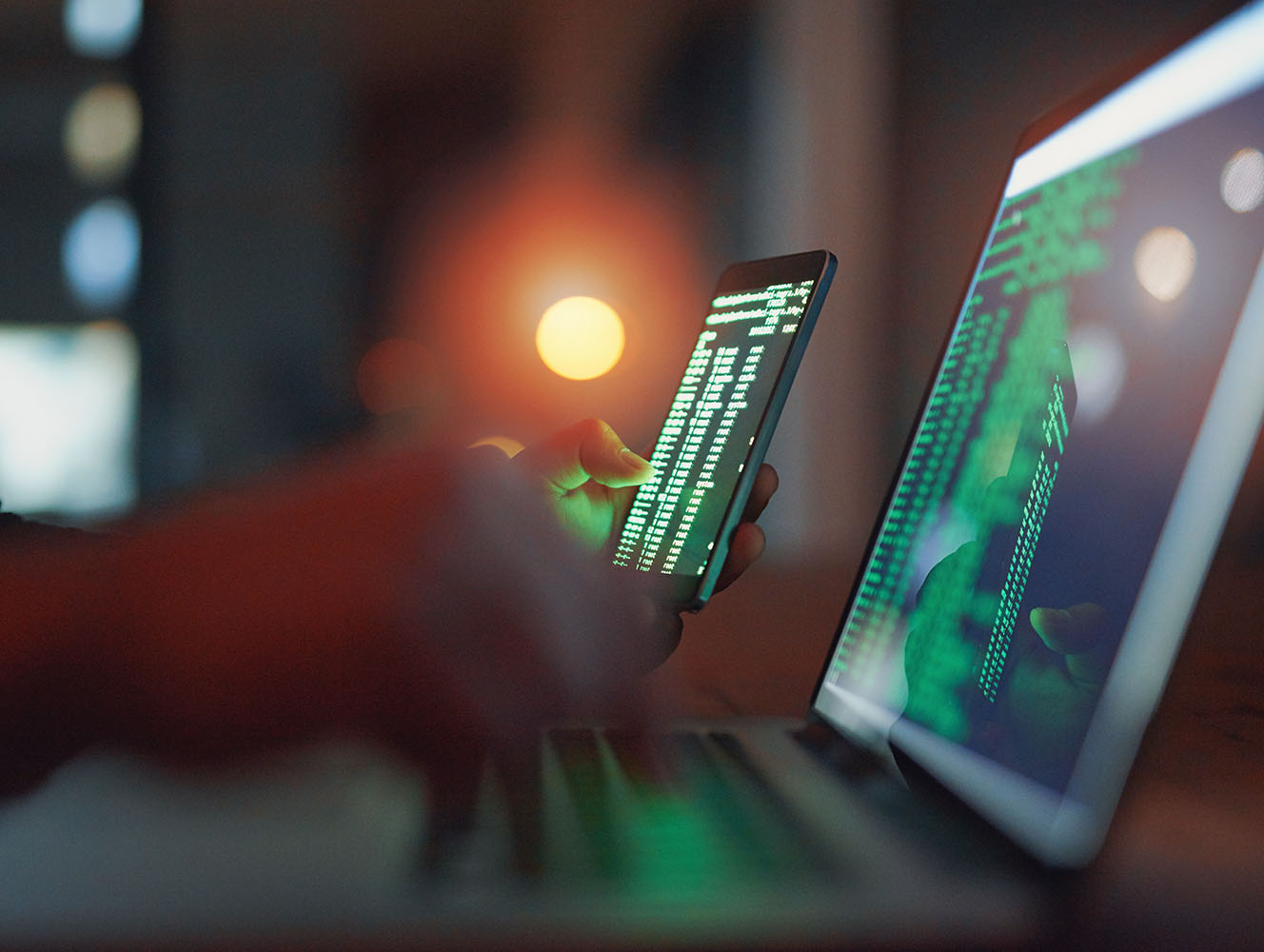The future regulation of AI: UKIPO launches further consultation on AI and copyright
Published on 10th November 2021
The policy options make proposals on how to manage the copyright protection for AI-generated works and how to deal with the IP issues around text and data mining

The UK Intellectual Property Office (UKIPO) has launched a further consultation on artificial intelligence (AI) and intellectual property (IP) specifically focusing on copyright and patent issues highlighted in the responses to its previous consultation.
These consultations have been launched against the backdrop of the government's aim to position the UK as a "global AI superpower" and the launch of its National AI Strategy. This initial article in our series exploring the UKIPO consultation considers the copyright-related proposals, including text and data mining (TDM).
LDMA and 'entrepreneurial works': existing protection
Existing UK copyright law protects original literary, dramatic, musical, and artistic (LDMA) works, as well as films, sound recordings, broadcasts, and published editions (so called "entrepreneurial works").
For LDMA works to be original, the work must be the author's own intellectual creation. Copyright protection for LDMA works lasts for the author's lifetime plus an additional 70 years. Where an LDMA work is created by a human with assistance from AI then, provided the work expresses original human creativity, the AI will be treated as a tool. The work will receive copyright protection much like any other LDMA work.
The UK also provides for copyright protection for LDMA works generated entirely by AI, again providing the originality threshold is met. In this case, the "author" of such computer-generated work is considered to be "the person by whom the arrangements necessary for the creation of the work are undertaken". Protection lasts for a period of 50 years from the date the work is made.
Entrepreneurial works do not need to be original and the lower bar for protection translates to narrower and usually shorter rights. The length of protection for entrepreneurial works differs depending on the work in question. For example, sound recording protection only extends to a specific recording of a song and lasts for 70 years from creation.
Where AI generates an entrepreneurial work, then the corresponding entrepreneurial rights apply. So, for example, if AI generates a song and records that song as part of that process, then the individual who took the necessary steps to have the AI generate and record the song is likely to be considered the producer of the recording of the song and so would have a sound recording right.
Policy proposals for copyright
The consultation sets out three options:
- Option 0 – no legal change. This proposes maintaining the status quo. The consultation notes that this proposal would be justified if the current approach was shown to incentivise the generation of new AI-created works and investment in AI-technology. It also notes that it would also be necessary for the status quo to come without 'unreasonable costs to third parties, including users of these works and human creators'.
- Option 1 – remove protection for computer-generated works. This option would limit LDMA copyright protection to human creators only. AI-assisted works with a sufficient level of human intellectual creativity would continue to be protected, with the AI being deemed to be a tool. Protection for entrepreneurial works created by AI would continue as the originality requirement does not apply to these. The consultation states that this option would be justified if granting copyright protection for computer-generated works is not necessary to incentivise their production or if copyright protection has an "unreasonable" cost to third parties.
- Option 2 – replace the current protection with a new right of reduced scope/duration. This option proposes the replacement of the existing protections for LMDA computer-generated works with a new type of protection. The duration of the protection would be no more than is needed to encourage the production of AI-generated works – a term of five years is suggested. The new form of protection for LMDA works would sit alongside any other rights subsisting in the work and, as such, would allow for joint authorship in a work co-created by a human and an AI system. The definition of the "author" of a computer-generated LMDA work would remain the same as now – "the person by whom the arrangements necessary for the creation of the work are undertaken". There would be no change to the protection of LMDA works where AI is used as a tool. The existing protection of entrepreneurial rights would remain the same. This option would be justified if there is evidence that copyright protection for computer-generated works incentivises their production or investment in AI technology and more limited protection better strikes the balance between right holders' and third parties' interests.
The consultation seeks responses on these proposals, including: ranking them in order of preference; asking whether respondents currently rely on the existing copyright provisions for computer-generated works; and asking what scope and term of protection any rights created under Option 2 should have. The consultation also seeks views on what implications the policy options and AI technology generally might have on the designs system, and whether there might be a risk of AI generated works being falsely attributed to humans.
Text and data mining: existing framework
TDM is the use of automated techniques to analyse large amounts of data to identify patterns, trends, and other useful information. TDM can be used to develop and train AI and can enable research. TDM normally requires the material being analysed to be copied and therefore it is often necessary to acquire a copyright licence or to rely on a copyright exception to do so.
In 2014, the UK introduced a specific copyright exception for TDM, which contains a number of parameters:
- Copies of copyright works can be made for the purpose of TDM for non-commercial research;
- Researchers must have lawful access to the material (for example, via a subscription);
- Publishers and content providers may apply reasonable measures to maintain their network security or stability;
- Contract terms that stop researchers copying work to which they have lawful access for the purpose of the exception are unenforceable; and
- Acknowledgement of the works and the rights holders is required unless impractical.
TDM might also be possible in other ways, such as, if copyright protection has ended or it does not exist at all, or if a licence is entered into.
The copyright exception for TDM does not apply to database rights, so TDM on databases that qualify for database rights requires a licence.
Policy proposals for TDM
The consultation sets out five options:
• Option 0 – no legal change. Here, the TDM exception would remain unchanged. Updated guidance on the definition of non-commercial research and what constitutes fair dealing could be produced. This option would be justified if the current law is not impeding access to material for TDM, in particular for training AI systems.
• Option 1 – improve licensing environment for TDM. This option would seek to ensure best practice in the licensing of rights for TDM. This could include providing educational materials, model licences, or codes of practice. The consultation notes that there is limited data on the use of licensing for TDM and asks respondents to submit more information on this.
• Option 2 – extend existing TDM exception to cover commercial research and database right. Under this option, contract terms that sought to override the exception would be made unenforceable. The consultation notes that protections for rights holders would remain in place with this option as users would still be required to have lawful access to the material and rights holders would be allowed to take reasonable measures to ensure network security and stability.
• Option 3 – adopt a TDM exception for any use, with a rights holder opt-out. This option is modelled on the exception introduced by the EU and it would create a new exception, allowing TDM by anyone for commercial and non-commercial purposes. The exception would cover copyright and database rights and would still require the material to be lawfully accessed. Rights holders would be able to opt-out individual works, sets of works, or all of their work if they did not want it to be mined. This option would still allow rights holders to license works when they wish.
• Option 4 – adopt a TDM exception for any use, without a rights holder opt-out. This option would be similar to Japan's exception for information analysis or Singapore's proposed exception. It would create a new exception allowing TDM for any use by anyone, for commercial and non-commercial purposes. It would cover both copyright and database rights. The exception would still require the material to be lawfully accessed. There would be no option to opt-out of the exception or to override it by contract.
The consultation again asks respondents to rank the options in order of preference. It also asks for further information on licensing for TDM purposes, whether respondents have experience of the EU TDM exception, and how any of the options would positively or negatively affect them.
How to respond and next steps
The consultation will remain open until 7 January 2022 and responses can be made online. The responses will be used to inform government decisions on any changes to the existing law in these areas. However, there is not yet a timeframe for when a policy decision can be expected.
The next article in this series on the future regulation of AI and the UKIPO consultation considers patent proposals.




